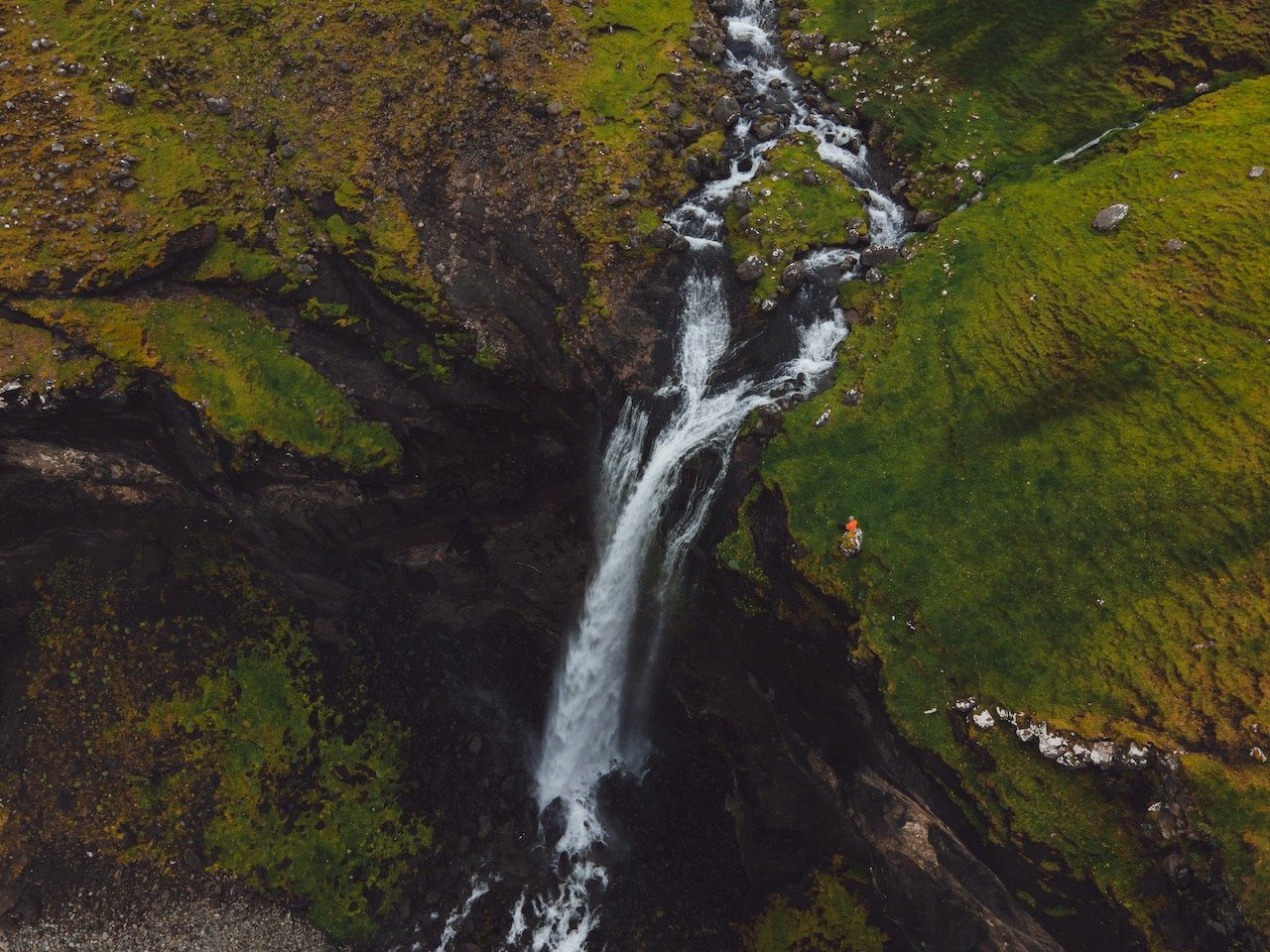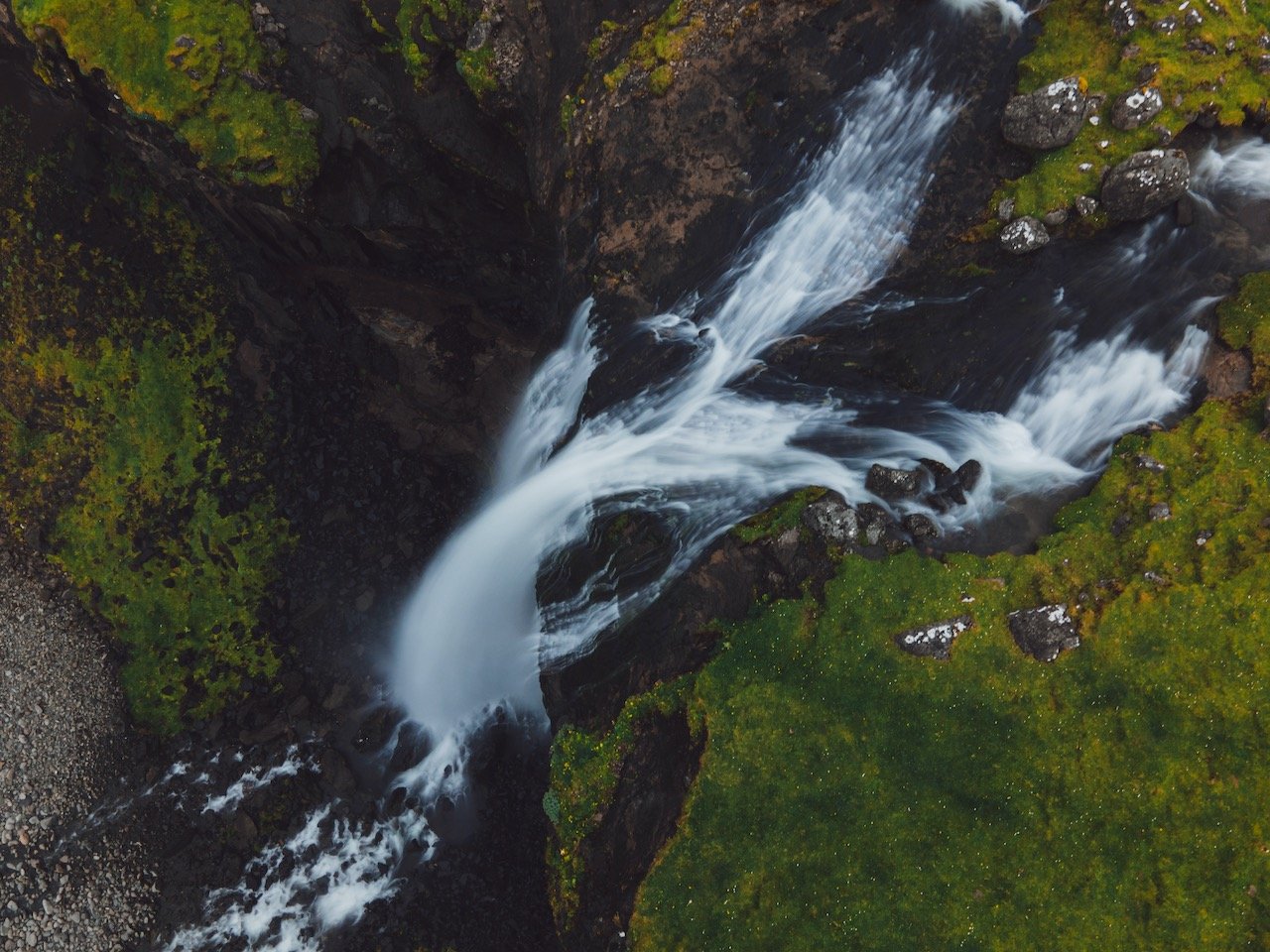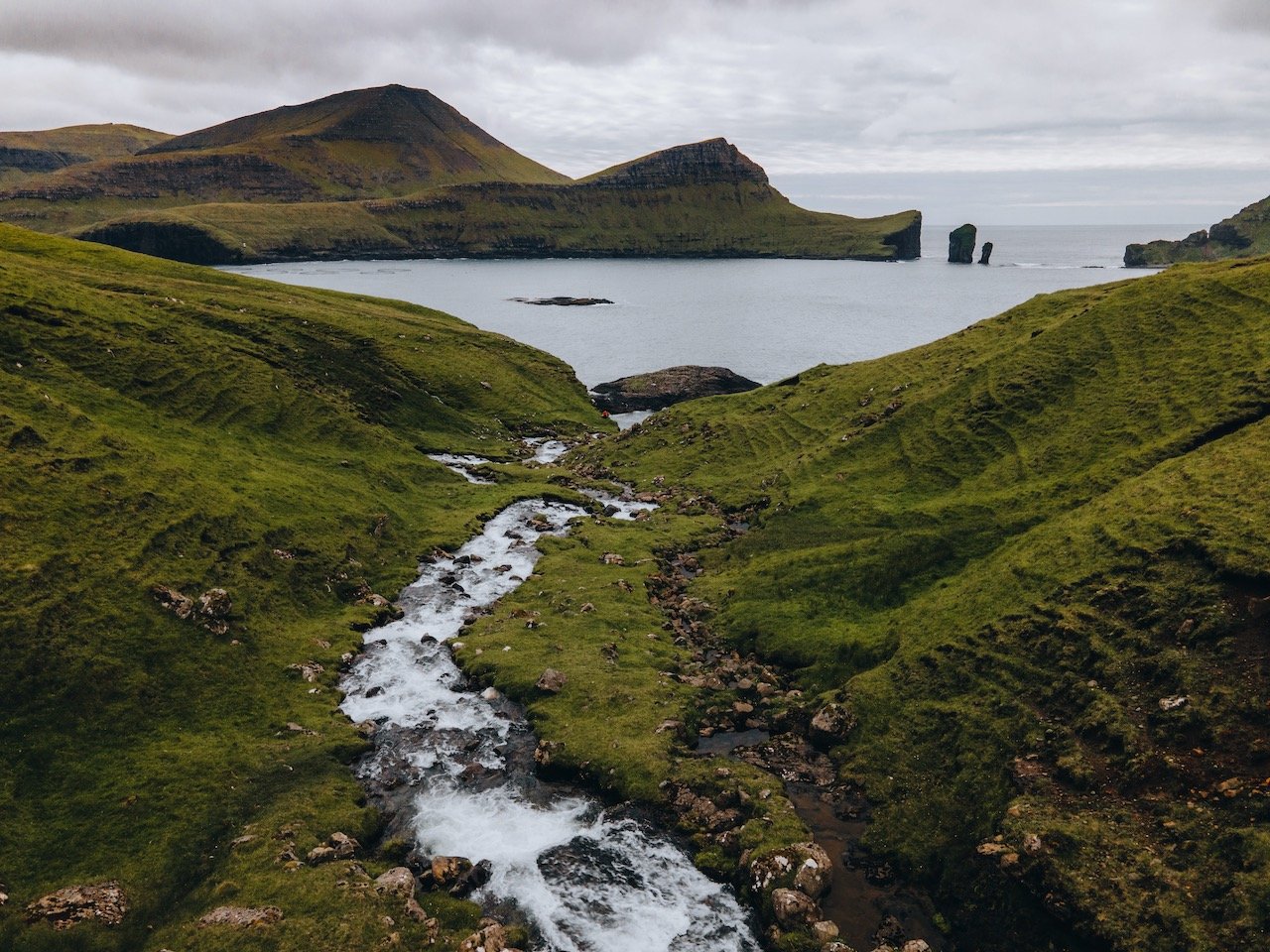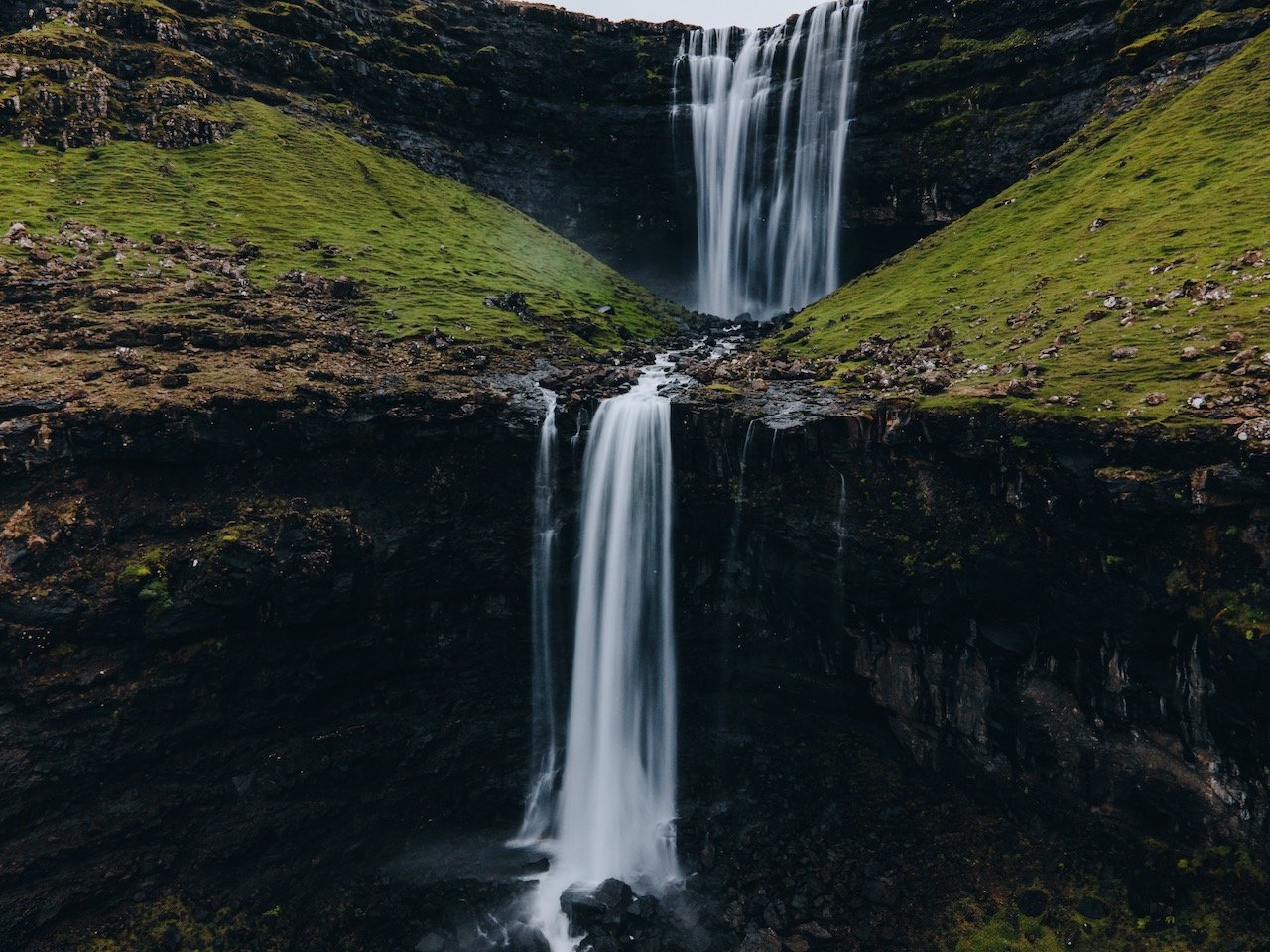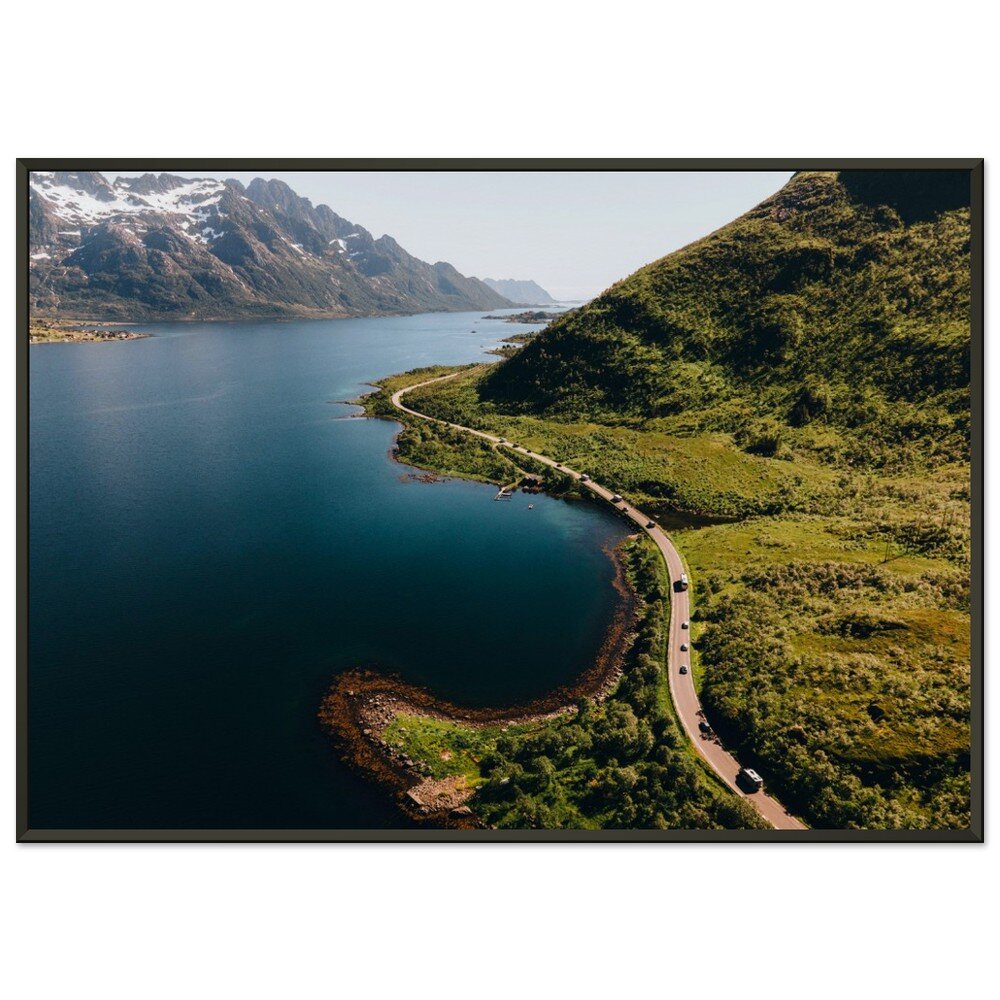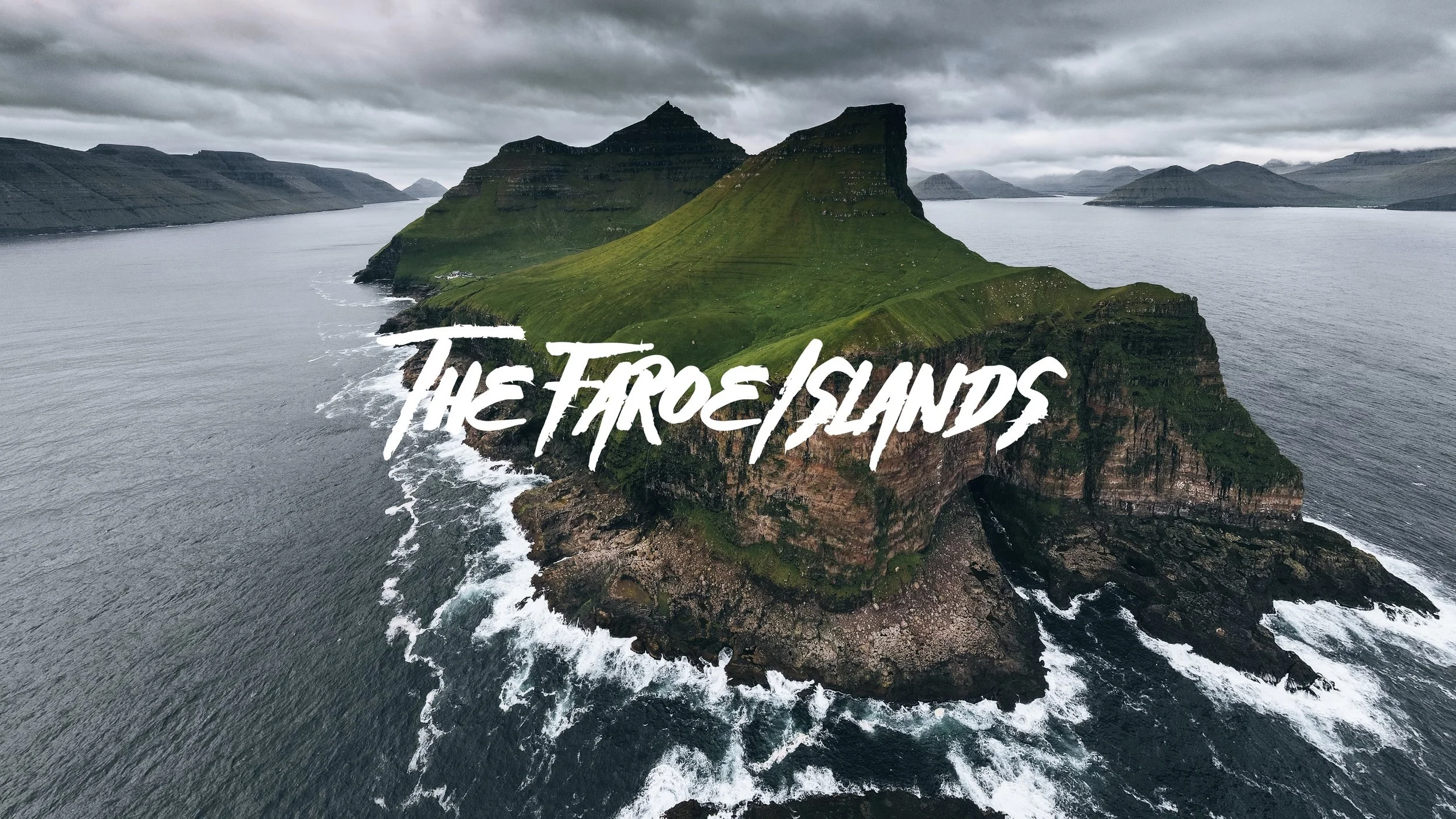The Waterfalls of the Faroe Islands
(Some links in this post are affiliate links. If you click through and take action, I'll be compensated.) If you are also interested in any PRINTS from any of my posts, be sure to check out my store where you can buy prints as posters, in metal/wooden frames or on canvas.
**This post is the last of a 11-post series discussing what to see in this part of the Faroe Islands (You can check out the other parts in the list below, separated by each specific island (just click on the island name to see the blog post. Everything is also summarized in another post here.**
The Faroe Islands, or the Faroes, are an archipelago located in the North Atlantic Ocean and are a part of Denmark. The subpolar oceanic climate, moderated by the Gulf Stream, make the temperature of the Faroes nearly constant throughout the year. Origins of the Faroe Islands date back as early as 500 AD, thought to be settled by people from Great Britain or Ireland. [Funfact: The population of sheep (70,000) outnumber the human population (54,000)]
Tórshavn (Blog Post: A Journey to the Faroese Capital of Tórshavn)
Vágar (Blog Post: A Journey to the Faroe Islands: The Island of Vágar)
Streymoy (Blog Post: A Journey to the Faroe Islands: The Island of Streymoy)
Eysturoy (Blog Post: A Journey to the Faroe Islands: The Island of Eysturoy)
Bordoy (Blog Post: A Journey to the Faroe Islands: The Island of Bordoy)
Kalsoy (Blog Post: A Journey to the Faroe Islands: The Island of Kalsoy)
Vidoy (Blog Post: A Journey to the Faroe Islands: The Island of Vidoy)
Mykines (Blog Post: A Journey to the Faroe Islands: The Island of Mykines)
Sandoy (Blog Post: A Journey to the Faroe Islands: The Island of Sandoy)
Kunoy (Blog Post: A Journey to the Faroe Islands: The Island of Kunoy)
The Waterfalls of the Faroe Islands (Blog Post: The Waterfalls of the Faroe Islands)
In this blog post, I will the Waterfalls of the Faroe Islands. A Google Map of these places I will talk about can be seen at the end of this article. Check out my drone video on the Waterfalls of the Faroe Islands below!
How to get to the Faroe Islands
The Faroe Islands are a stunning and remote archipelago located in the North Atlantic, known for their dramatic landscapes, colorful villages, and rich Viking heritage. Planning your trip here involves choosing the best flights and transportation options to reach the islands' main hub, Tórshavn, on the island of Streymoy. Here’s everything you need to know about how to get to the Faroe Islands easily and efficiently.
The Faroe Islands are served by one international airport: Vágar Airport (FAE), located on the island of Vágar, about 45 minutes by car from Tórshavn, the capital.
Major Airports to Fly From:
Copenhagen Airport (CPH), Denmark – The main international gateway to the Faroes, with several daily flights.
Billund Airport (BLL), Denmark – Seasonal flights available.
Edinburgh Airport (EDI), UK – Seasonal flights during summer.
Reykjavik Keflavik Airport (KEF), Iceland – Seasonal flights operated by Atlantic Airways.
Airlines Serving Vágar Airport:
Atlantic Airways (the national Faroese carrier) operates flights from Copenhagen, Edinburgh, and Reykjavik.
SAS offers flights mainly from Copenhagen.
Widerøe and other Scandinavian regional airlines have seasonal connections.
Flight Duration Examples:
Copenhagen (CPH) to Vágar (FAE): approx. 1 hour 45 minutes
Reykjavik (KEF) to Vágar (FAE): approx. 1 hour 15 minutes
Edinburgh (EDI) to Vágar (FAE): approx. 2 hours
Once you arrive in the Faroe Islands, your best bet is to rent a car to easily access all the waterfalls I discuss in this post. I highly recommend JustDrive.Fo! Here are some of the best waterfalls to see in the Faroe Islands:
Múlafossur Waterfall
Located on the cliffside next to the small village of Gásadalur is the Múlafossur waterfall. Located just 11 km from Vágar airport, it could easily be your first stop when landing in the Faroese archipelago (it was for me!). The stream feeding the falls winds its way through the town before its cascade drops 30 meters into the sea below.
The name Múlafossur translates to ‘Promontory Waterfall’. Getting here is easy, just punch it into Google or just take road 45 on Vágar and drive through the Gásadalstunnilin tunnel and you’re there.
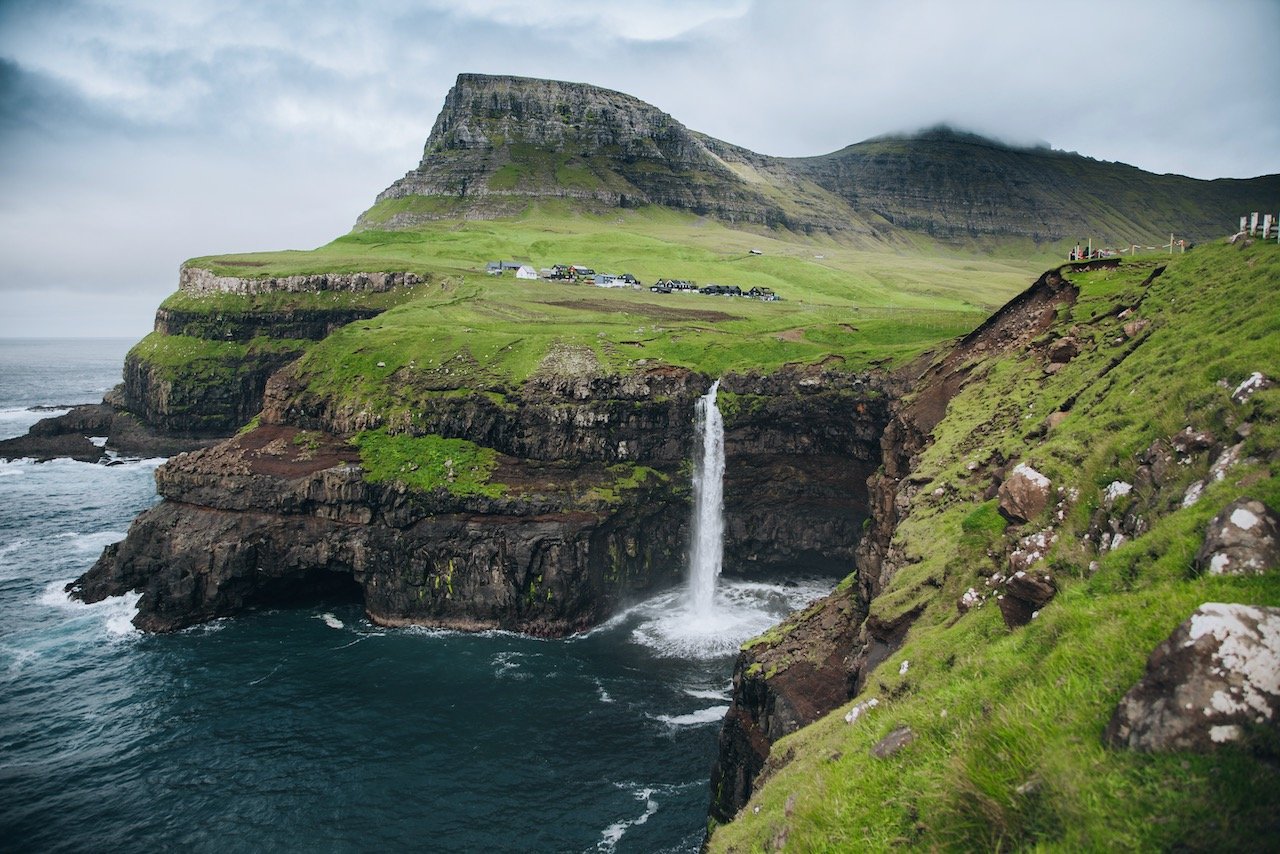
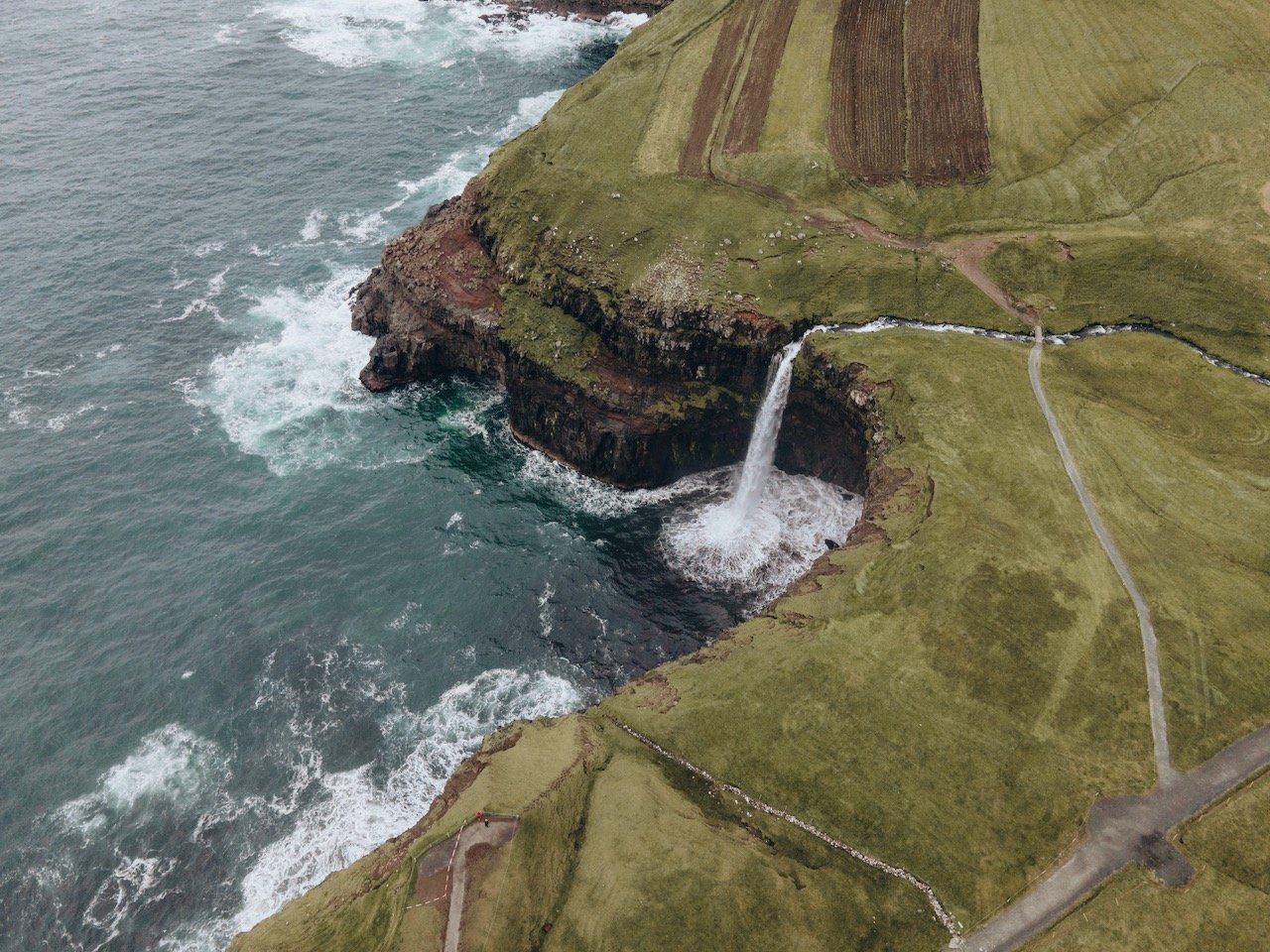

Bøsdalafossur Waterfall
The Bøsdalafossur waterfall is fed by the Lake Leitisvatn, which drops 30 meters into the North Atlantic Ocean. Located only 5 km from the airport, you first must find a hiking trail near the village of Midvágur. From the trailhead, the hike is 3 kilometers to the waterfall to Trælanípan, otherwise known as the Slave Cliff.
You will see the waterfall easily as you approach it and luckily for you, there is not much of an elevation change for the entire hike. It took me about 30 minutes one way. In the background of the waterfall, you can also see the free-standing rock wall Geituskorardrangur, a very dramatic rock formation along the cliffside in the distance.
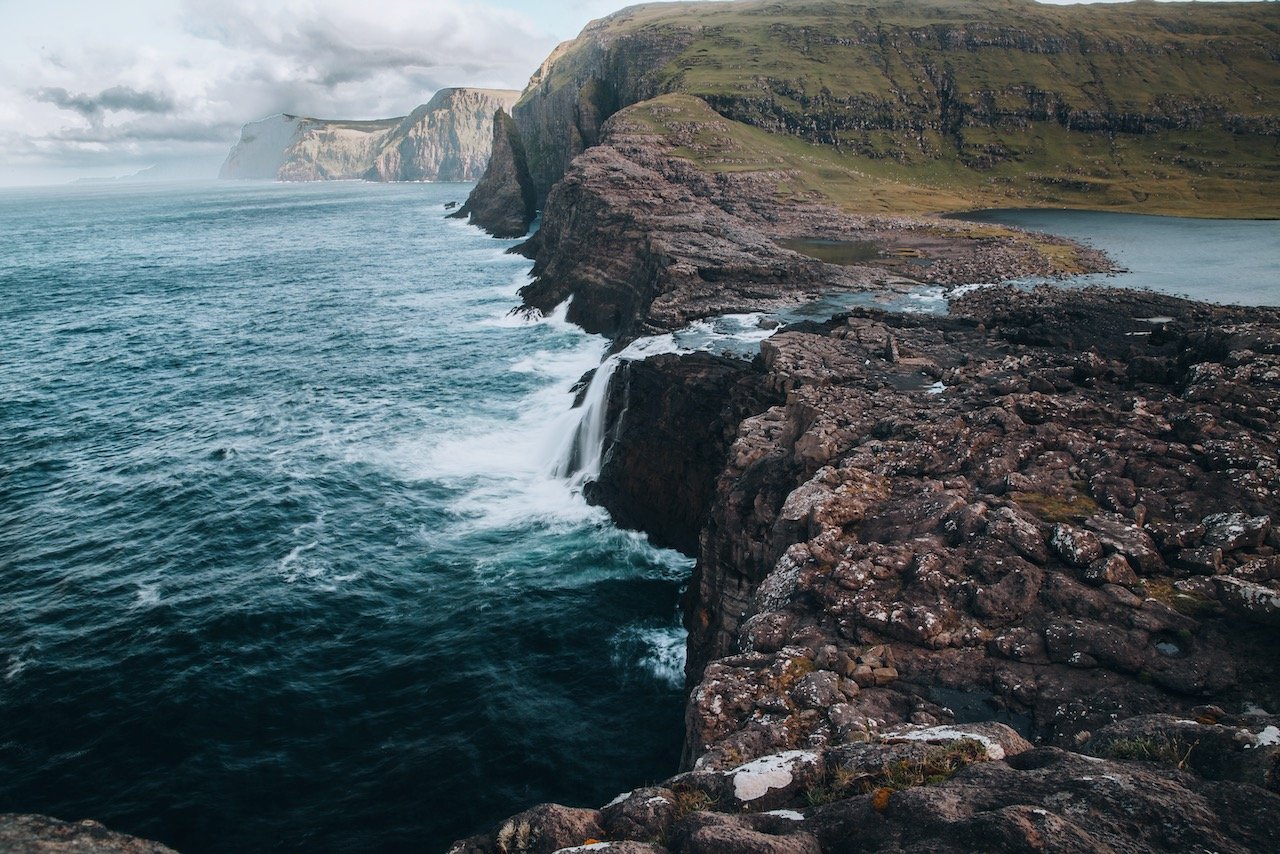
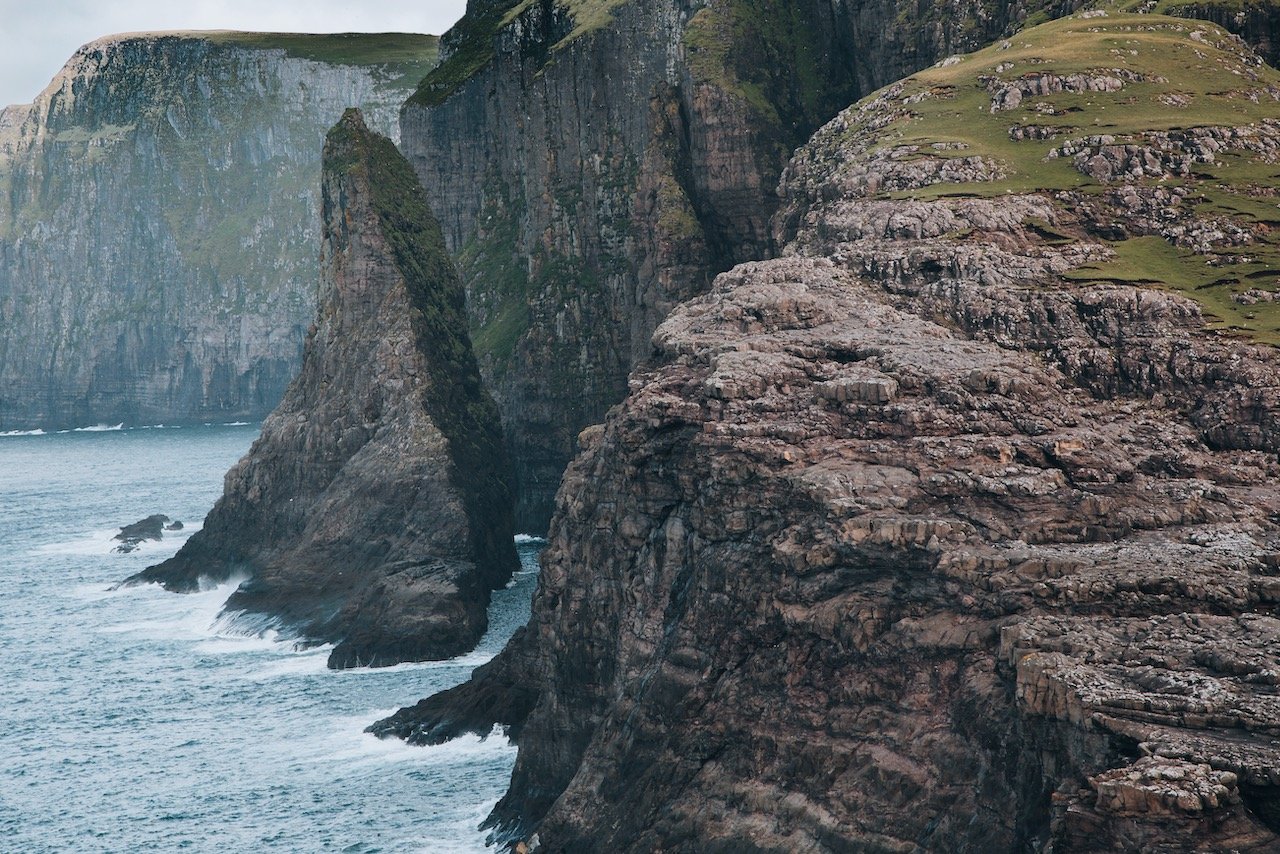
Svartifossur Waterfall
This waterfall bears a similar name to one in Iceland called Svartifoss. Both waterfalls translate to ‘Black Waterfall’, presumably due to the color of the cliff sides that bear these falls. The Faroese variant is located just 2 km north of the capital of Tórshavn and is easily reached by a FREE bus from the city center. Once you get off at the Sundsvegur/Birnugøta bus stop (bus 1 or 4), then you take a short trail around the perimeter of private homes to get to the falls.
The area around these falls, in addition to Hoydalsá, are protected. My experience when seeing this falls was that they are very much cherished by the local community as well. I saw many people taking strolls through the area and appreciating its natural beauty.
Unfortunately, if there is a long drought during your visit, there won’t be much water rushing through the falls. Conversely, expect quite a bit of water after a rainy spell.
If you like some of my photos that you have come across, just know that I have many prints showcasing a variety of landscapes, including Faroe, available for purchase below! (Sold as Posters, Canvas, or in Metal-Frames and Wooden-Frames).
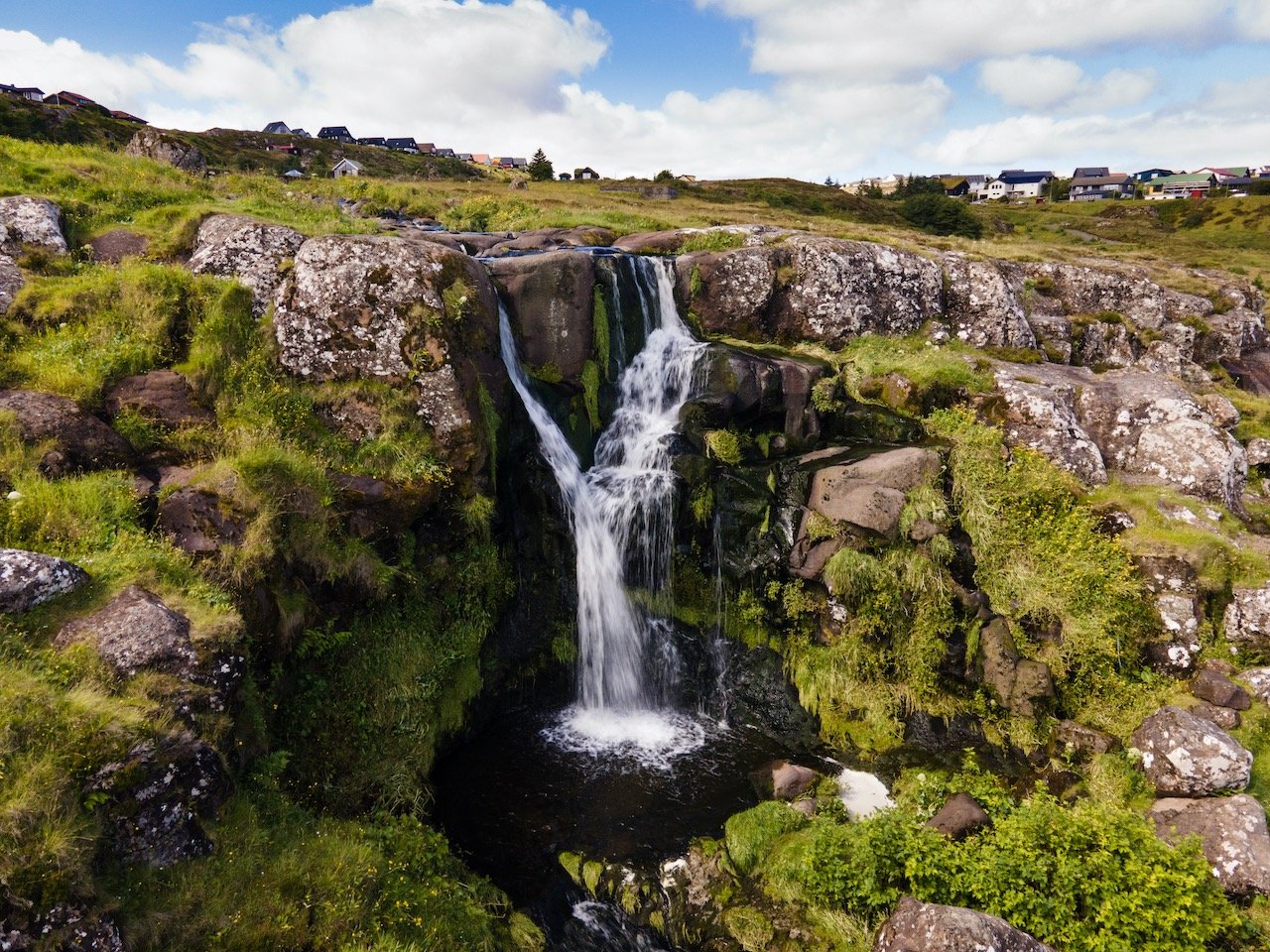
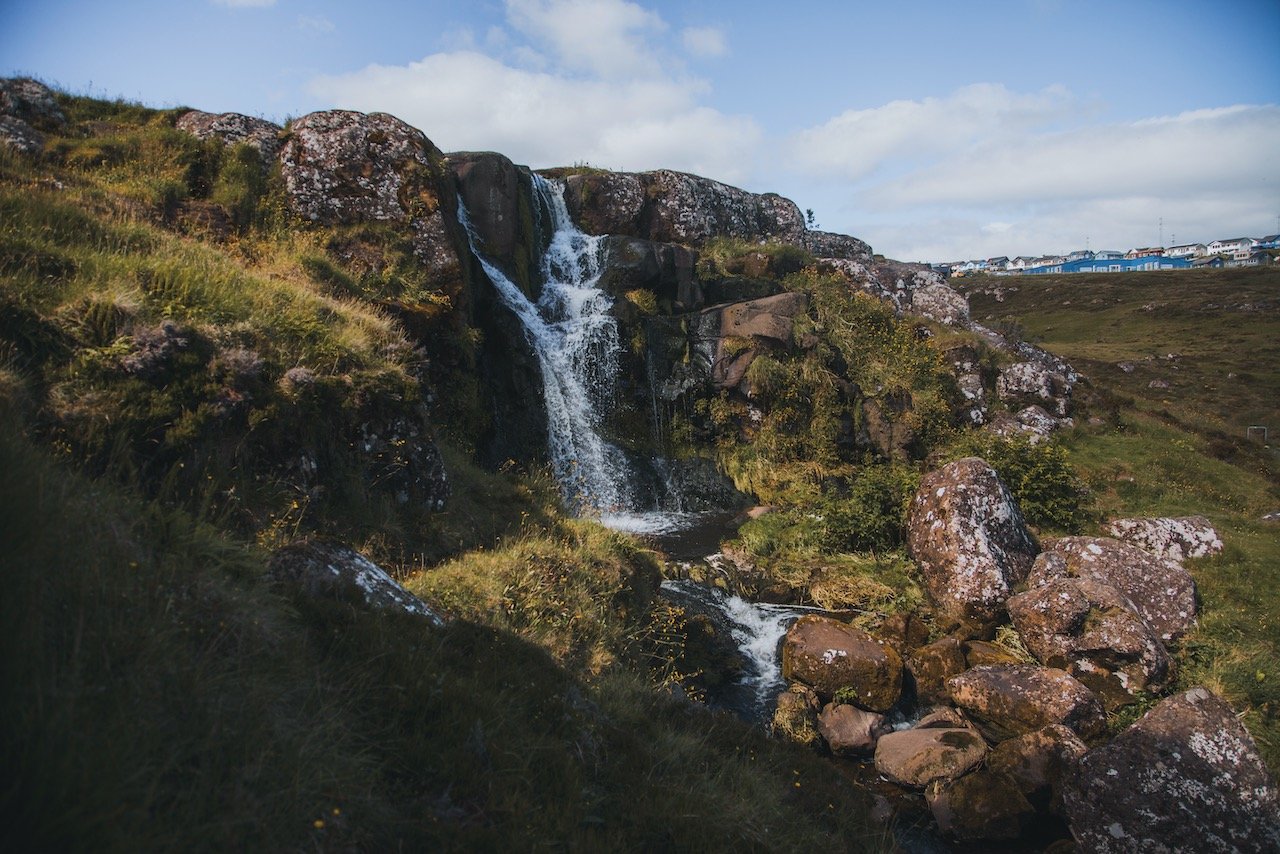
Fossá Waterfall
The tallest and most grand waterfall in the Faroe Islands, has to be the Fossá waterfall on the island of Streymoy. It features two large cascading drops at a total height of 140 meters. You can stand right in front of the falls, in awe of the powerful sound of the rushing water and the spray hitting your face.
Driving north along the eastern coast of Streymoy, you will reach Fossá, which is tucked between the villages of Haldórsvík and Tjørnuvik. You can also get an amazing view of this waterfall from the neighboring island of Eysturoy, along road 62 on the West coast.
You can hike up to the multiple levels of the Fossá waterfall for different, unique vantage points as well. I have some a lot of waterfalls in my travels and this one took my breath away still.
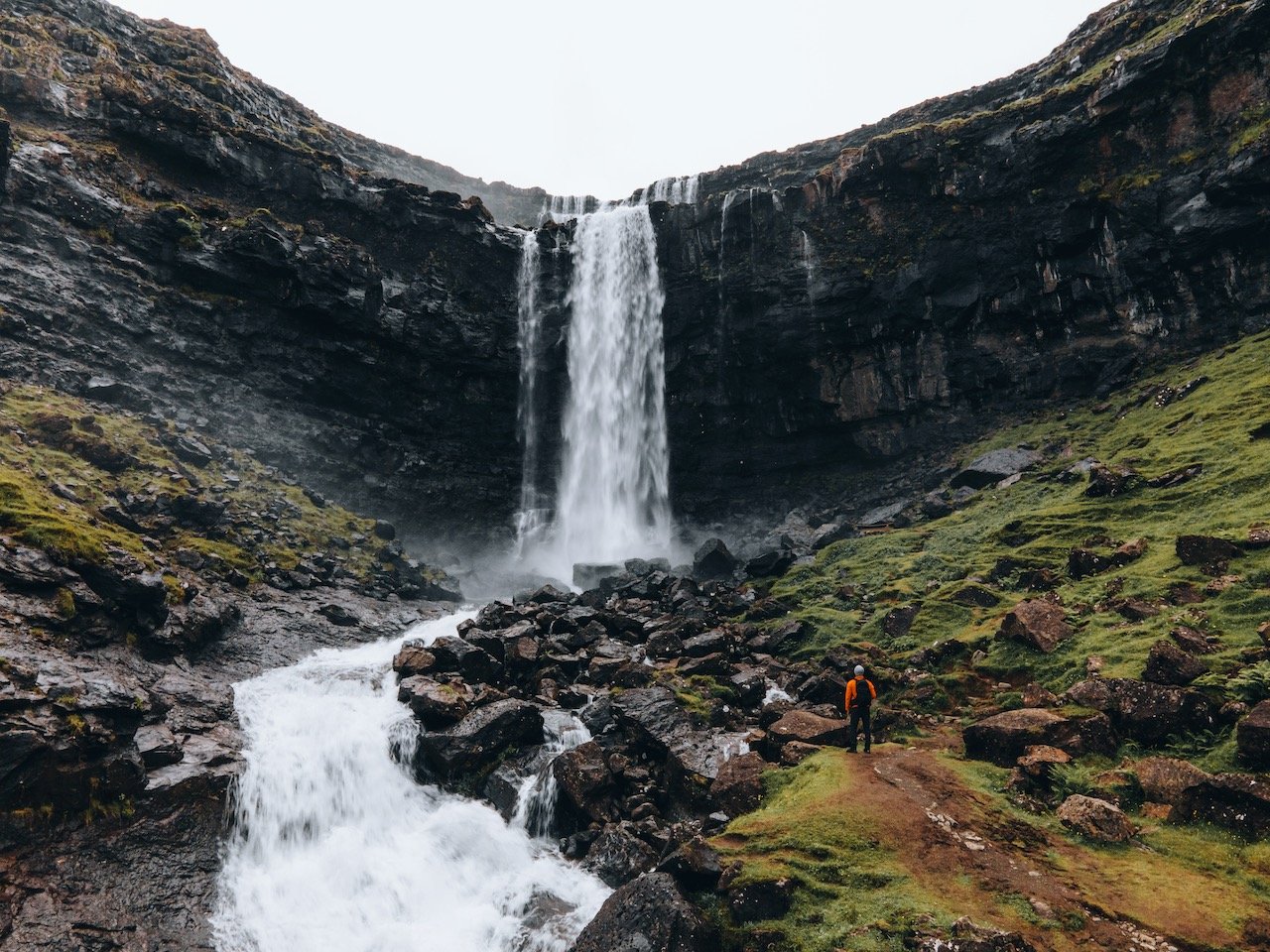
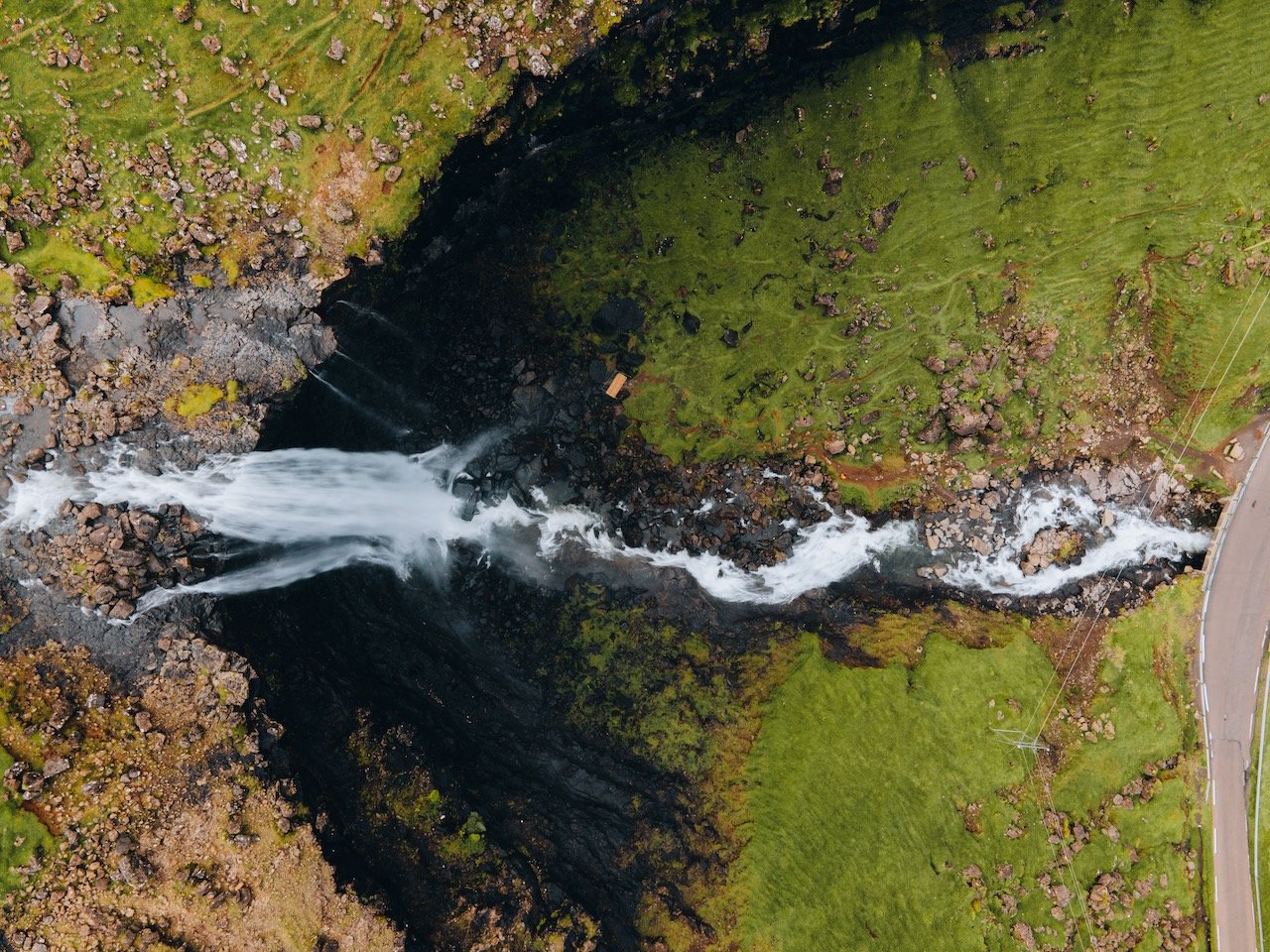
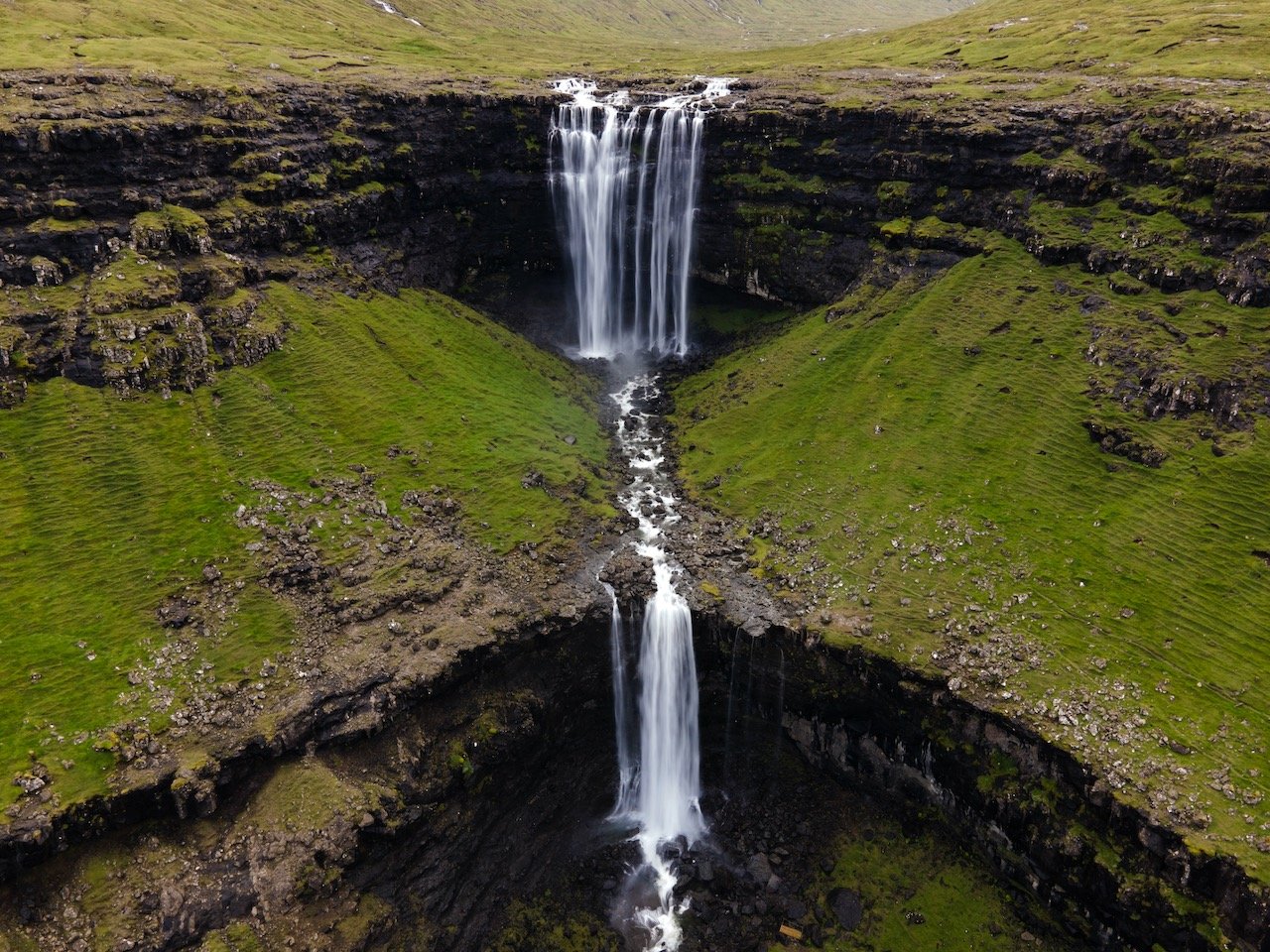
Skarðsáfossur Waterfall
Skarðsáfossur is located before you reach the tunnel to Gásadalur on the island of Vágar. There are no signs or paths leading directly to it, so I suggest punching it into Google maps, and parking in a proper area along the roadway and hiking down to it.
After traversing some rolling hills along a fence, I reached a stream that feeds this waterfall and captured this beauty with the drone. The beach area underneath these falls are just as gorgeous however I didn’t know of a way to get down to that level.
The view from these falls towards the other side of Vágar, in the direction of Drangarnir and Tindhólmur as remarkable!
